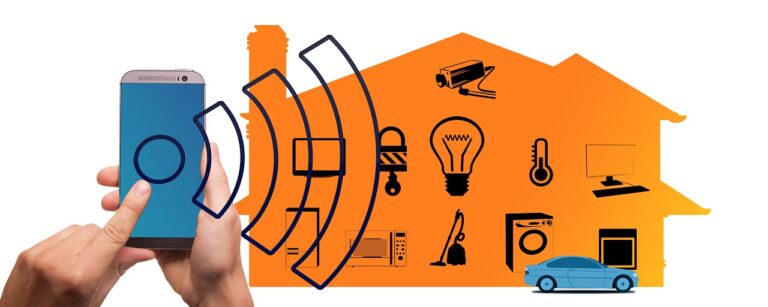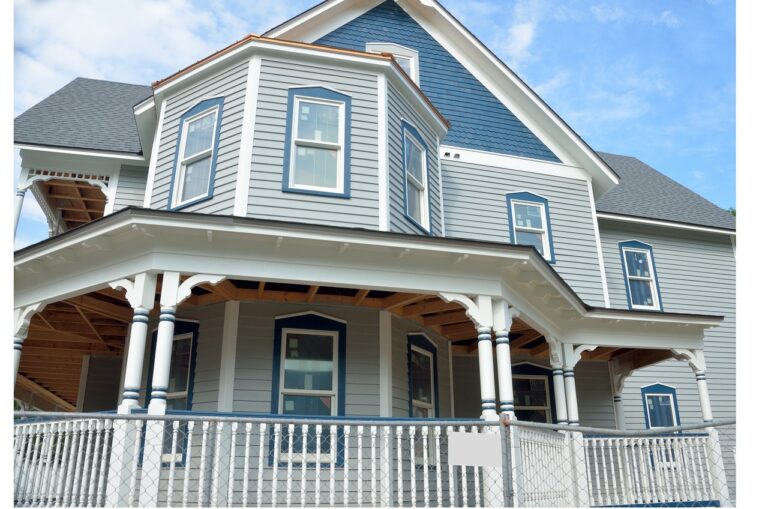Analyzing the Role of Home Improvement Software
In the realm of home improvement projects, staying organized and on track is essential. Home improvement software offers a seamless way to plan, coordinate, and execute various tasks with precision. By centralizing all project-related information in one platform, homeowners can efficiently manage budgets, track progress, and communicate effectively with contractors and other stakeholders.
Furthermore, home improvement software provides a visual representation of the project’s scope and timeline, helping users stay focused and make informed decisions. With features like 3D modeling and virtual room design, individuals can conceptualize their ideas before implementation, minimizing errors and ensuring desired outcomes. This digital tool empowers homeowners to turn their visions into reality while streamlining the renovation process for a smoother and more successful project overall.
Benefits of Using Home Improvement Software
Home improvement software offers users a convenient way to visualize their renovation projects before even starting. This allows homeowners to experiment with different designs and layouts to see what works best for their space. By using this software, individuals can save both time and money by avoiding potential mistakes and changes during the actual renovation process.
Additionally, home improvement software often provides access to a wide range of design tools and features that can enhance the overall project experience. From 3D modeling capabilities to virtual reality simulations, these tools allow users to get a comprehensive view of how their ideas will translate into reality. This not only aids in decision-making but also enables homeowners to communicate their vision effectively to contractors and collaborators.
Features to Look for in Home Improvement Software
When selecting home improvement software, it is crucial to consider its user-friendliness. An intuitive interface with easy-to-navigate tools can make the process of designing and planning renovations much more efficient and enjoyable for users. Look for software that provides tutorials or guides for beginners to help them get started without feeling overwhelmed.
Another important feature to look for in home improvement software is the ability to generate realistic 3D models and visuals. This can help users visualize their projects before starting the actual construction or renovation work. Look for software that offers a wide range of materials, colors, and textures to accurately represent the desired outcome of the project.
What is the importance of home improvement software?
Home improvement software helps homeowners plan, visualize, and execute their renovation projects more efficiently. It can save time, money, and minimize errors during the process.
What are the benefits of using home improvement software?
Some benefits of using home improvement software include the ability to create accurate floor plans, experiment with different design ideas, track project expenses, and communicate effectively with contractors.
What features should I look for in home improvement software?
When choosing home improvement software, look for features such as 3D modeling capabilities, a library of design elements and materials, cost estimation tools, project tracking functions, and compatibility with mobile devices for on-the-go access.







